All photography by Cherie Nutting
Boujeloudia
This music is, in its essence, part of a fertility ritual, a variant of which has existed for millennia but which is perhaps best preserved in Jajouka. Similar traditions are found throughout the Mediterranean lands where masked and frantic characters, at certain times of the year, spread panic and fear amongst the villages. Some theories (notably those of the 19th–century anthropologist, Edward Westermarck) point to the similarities of these traditions and the Roman Lupercalia festival.
In Jajouka the rites center on a character named Boujeloud, and the woman with whom he is enamored, Aisha Qandisha. An angry Boujeloudtries to strike the musicians and onlookers, but is controlled by the powerful force of the music, the Boujeloudia. Boujeloud holds branches in his hands, and in his frenzy he might hit anyone present. Women hit by him are sure to be fertile in the future. Aisha Qandisha dances and entices him.
On the full moon after Aïd el–Kebir, the musicians hold a festival wherein this fabulous music is performed. It is characterized by a certain rhythm and melody, and can be performed by many ensembles using differing instruments such as Ghaita and Tebel, Lira and even Gimbri and Bendir. It can be performed also at other times, at marriages and parties. Everyone can dance it, but should look out for the man with a basket hat and goatskin. Boujeloud might come running out of nowhere and the dancer will only have time to see the bright fierce eyes before he has to run.

